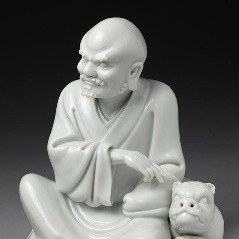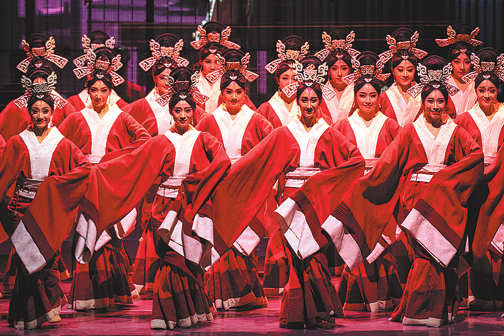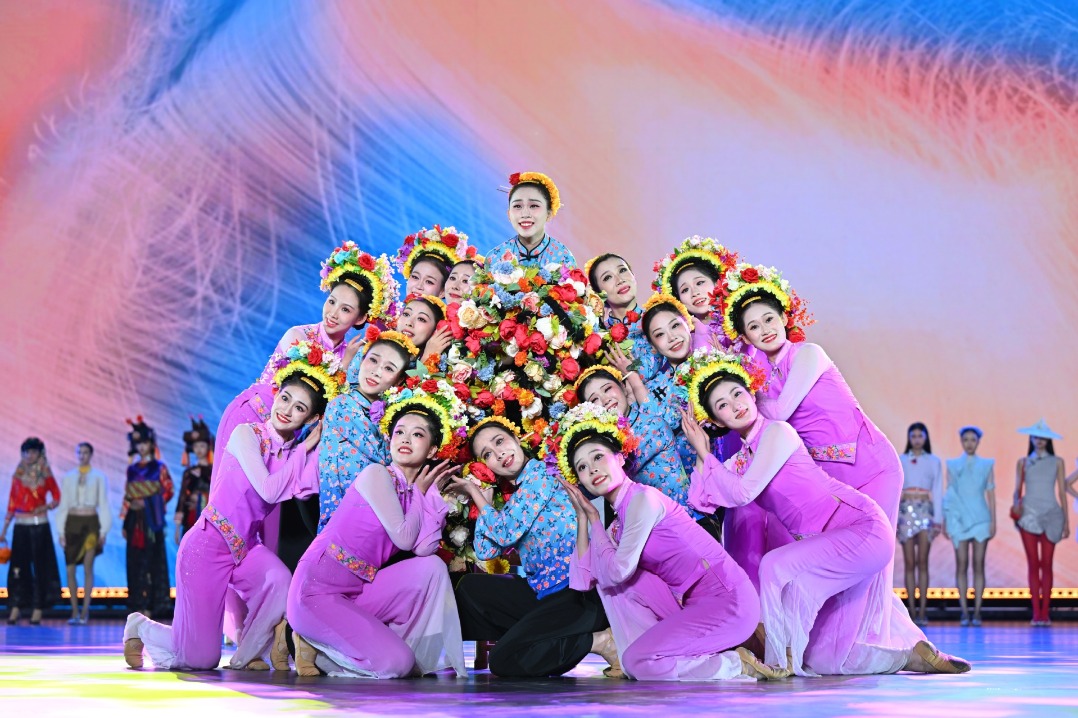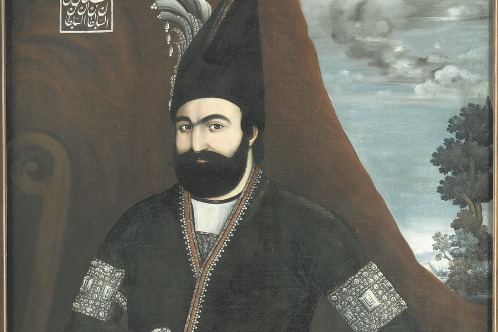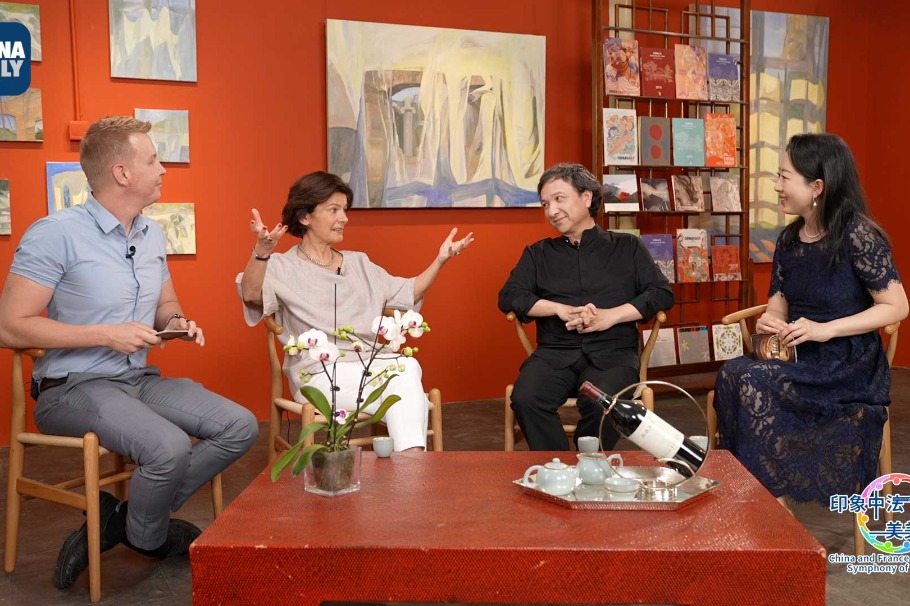British exhibition highlights exquisite Dehua porcelain


Porcelain has promoted exchanges between the East and the West since the Roman times, and an ongoing exhibition of white porcelain, being staged in the United Kingdom through October, tries to open up a dialogue between the ancient and the modern.
The special display Blanc de Chine, a Continuous Conversation at the Victoria and Albert Museum in London showcases 31 sculptures created by six contemporary artists from across the world and inspired by Dehua white porcelain.
Dehua is a county in Fujian province on China's east coast. Kilns in the area started producing ceramics during the Song Dynasty (960-1279), and the skill of local craftsmen in making porcelain with a cream-colored glaze reached its zenith during the Ming Dynasty (1368-1644).
Figures of religious deities, vases and other porcelain products were then exported in large quantities to Southeast Asia and to Europe along ancient maritime trade routes, earning themselves the French name "blanc de Chine", or "white from China". Dehua still thrives as a prominent porcelain town in China to this day.
The influx of white porcelain into the European market also inspired porcelain collection and patronage. Augustus II the Strong was perhaps the best-known Chinese porcelain aficionado, and it was through his efforts and decree that the first European fine porcelain factory in Meissen, Germany, was established. Since then, the manufacture of porcelain has flourished in Europe.
"Across four centuries, porcelain makers have shared a spirit of inheritance, honoring traditions and natural materials from the soil," says Li Xiaoxin, curator of the display. "The refined Dehua white porcelains have communicated oriental aesthetics and timeless beauty.
"This display invites viewers to join this great journey, to immerse themselves in the glamor of these works and the ingenuity of their makers."
The display is separated into two parts. The museum's China Gallery mainly shows various historical Dehua porcelain items, such as tea sets, cutlery and home decorations, made in China and in Europe, selected by Li from the museum's existing collection. The Ceramics Gallery displays the aforementioned artworks sculpted by six contemporary artists and inspired by "blanc de Chine".
The two parts intertwine in some places, such as the juxtaposition of a figure of Guanyin (the goddess of mercy in Chinese Buddhism) from the museum's collection with a fourth-generation ceramist Su Xianzhong's work Meeting.
Su's experimental works are shown alongside a figure of Luohan (a senior disciple of Buddhism) made by his great-grandfather Su Xuejin, founder of a prominent Dehua ceramics studio.
The idea of the arrangement is kindled by a coincidence.
"When I visited Su's studio, I presented him a picture of the figure of Luohan from the museum's collection, and he recognized it as his great-grandfather's work. I examined the object and found Su Xuejin's seal on the back of the figure, which confirmed his theory," Li says.
Su's work inherits his family tradition of making Buddhist figurines, while experimenting with new elements and avant-garde styles.
"Through these juxtapositions, visitors will get to understand how porcelain traditions are being inherited, and how creators respond to those traditions," says Li.
The artworks of the contemporary artists interpret the porcelain traditions from their diverse backgrounds and contemporary artistic languages.
Peter Ting, a Chinese-British designer, integrates Blanc de Chine elements, such as gestures and adornments of the Guanyin and porcelain flowers, into modern interpretations of tea sets, vases and "flower bowl" cylinders.
Chinese artist Liang Wanying uses figures from the ancient literary opus The Classic of Mountains and Seas to build a poetic space of whiteness.
Dutch artist Babs Haenen applies a unique technique to the white porcelain, and presents a colored sculpture mimicking a historical piece from the museum's collection.
The works of American artist Jeffry Mitchell and South African-born British artist Lucille Lewin are the result of a two-week artist residency in Dehua, as they explore the materiality of porcelain clay and combine their own artistic tastes.
The former head of the museum's Asian department, John Ayers, describes Dehua artisans as "making not only the sublime, but also the ridiculous", and the display is indeed a footnote to the diversity of styles and artistry of "blanc de Chine".
Liu Ziyin contributed to this story.


